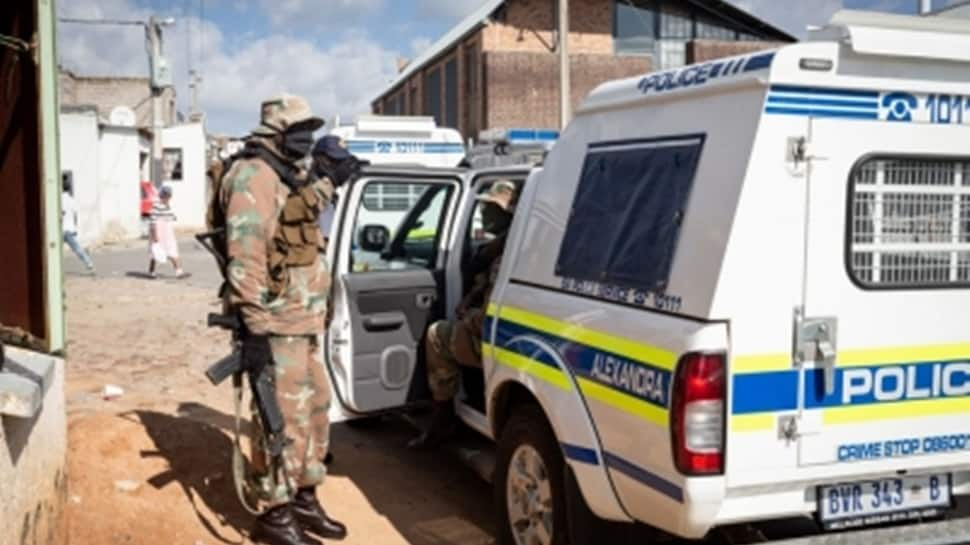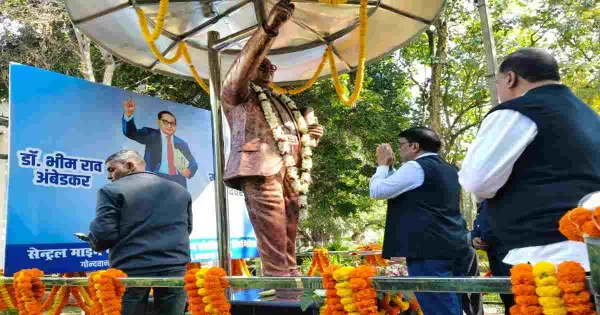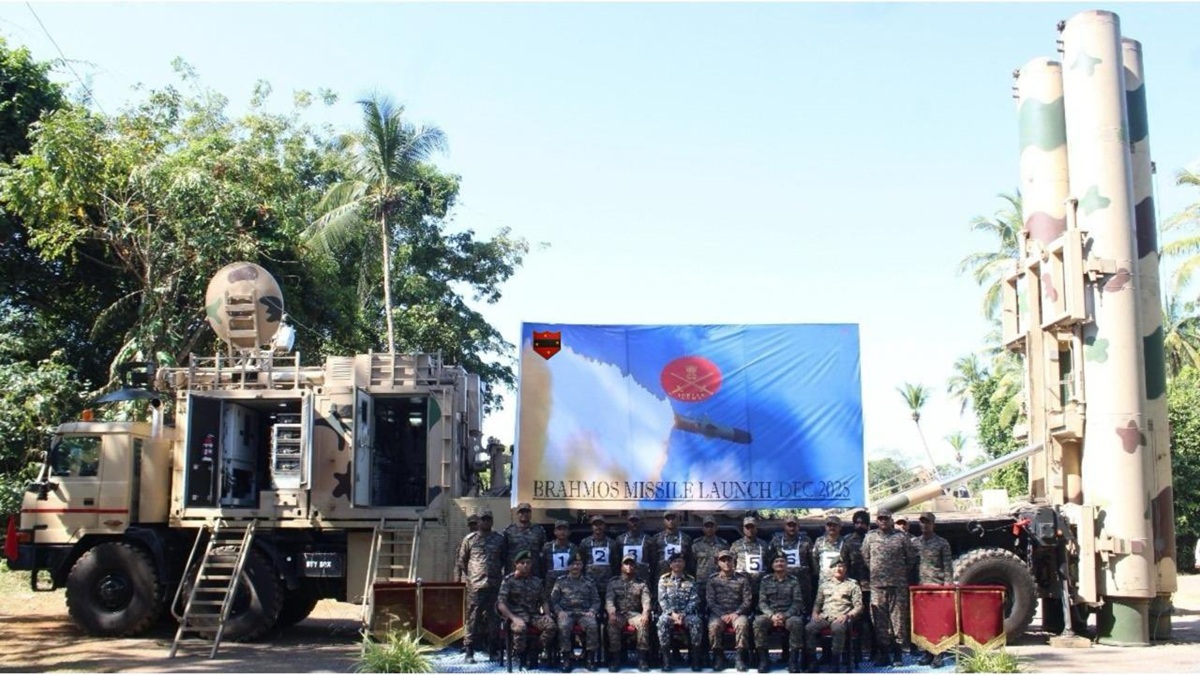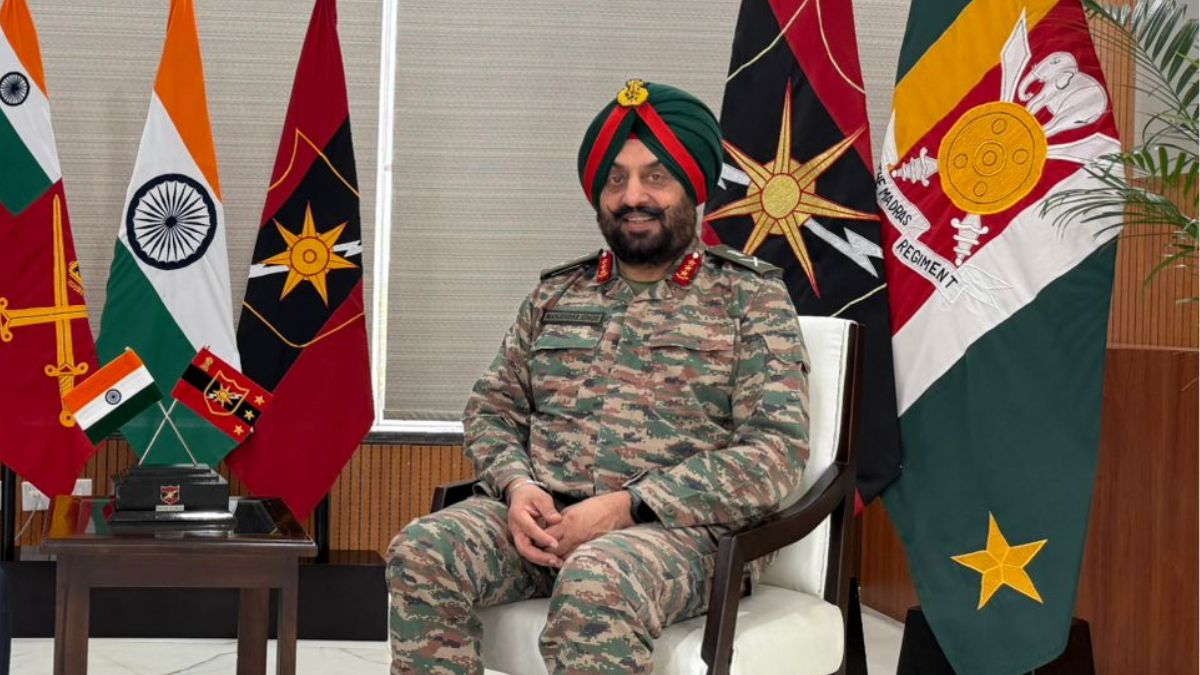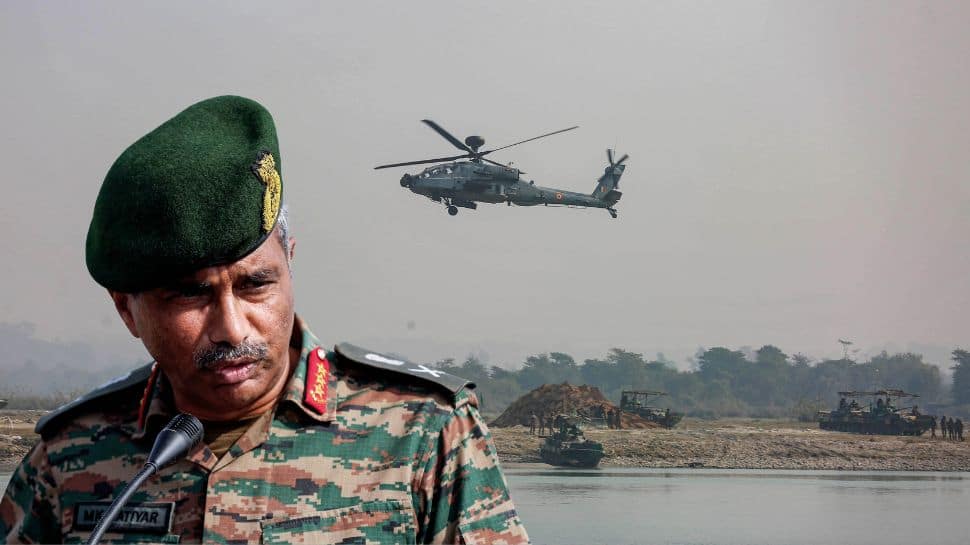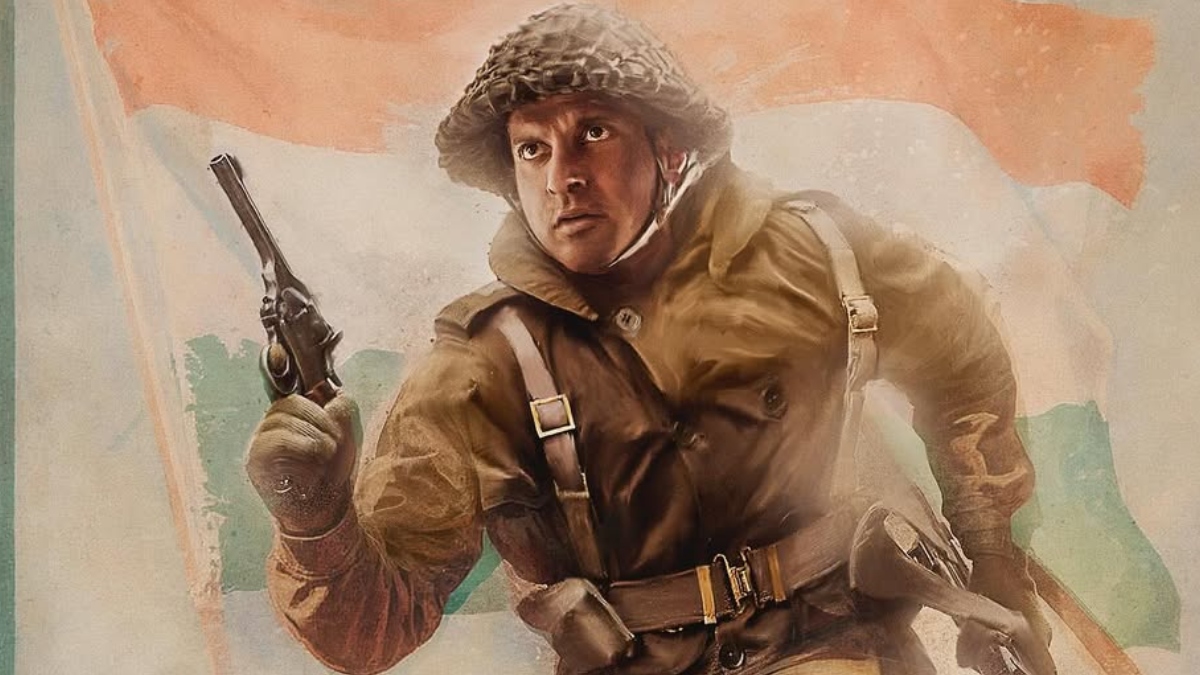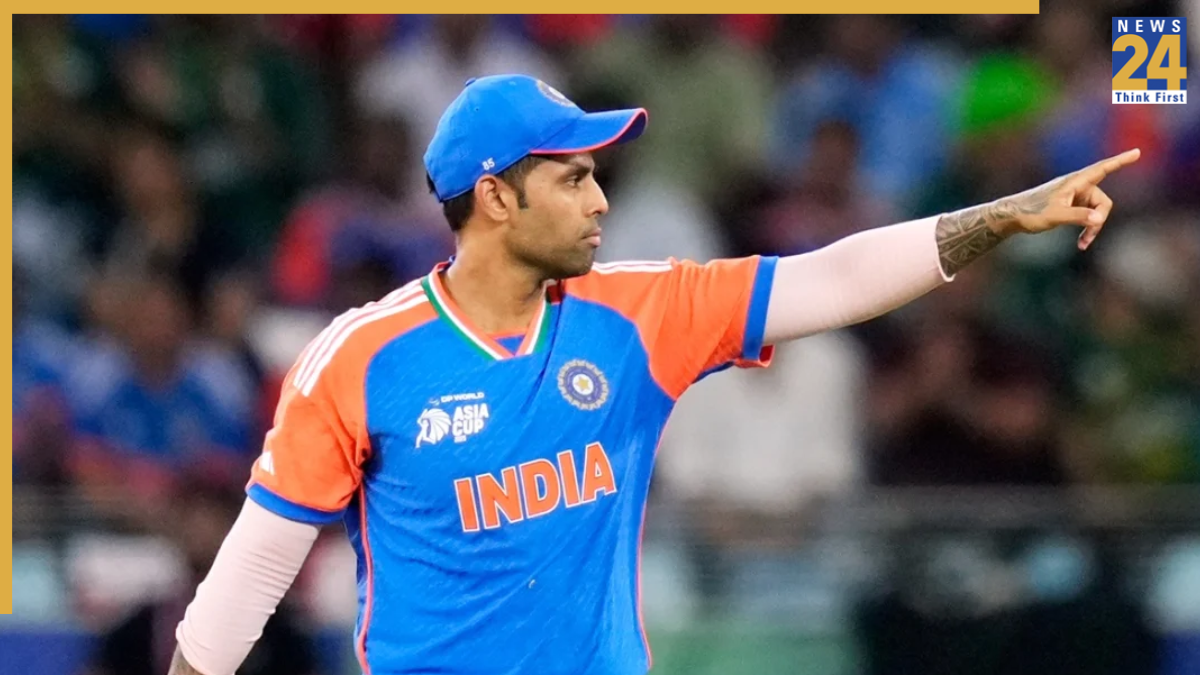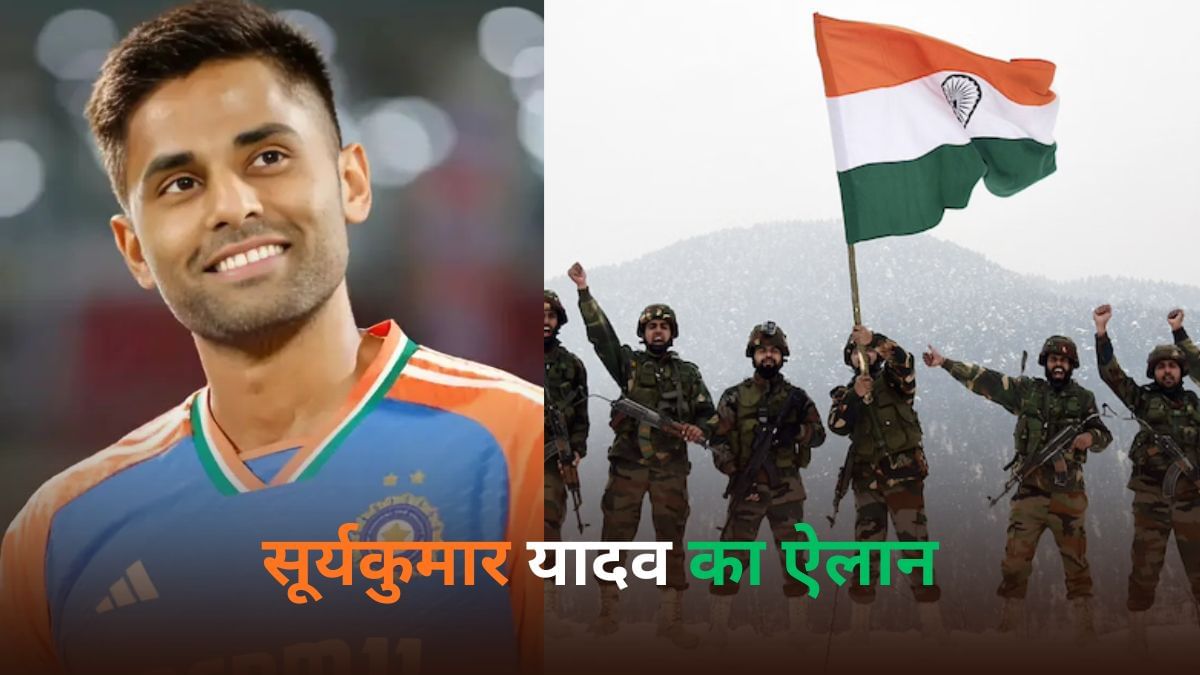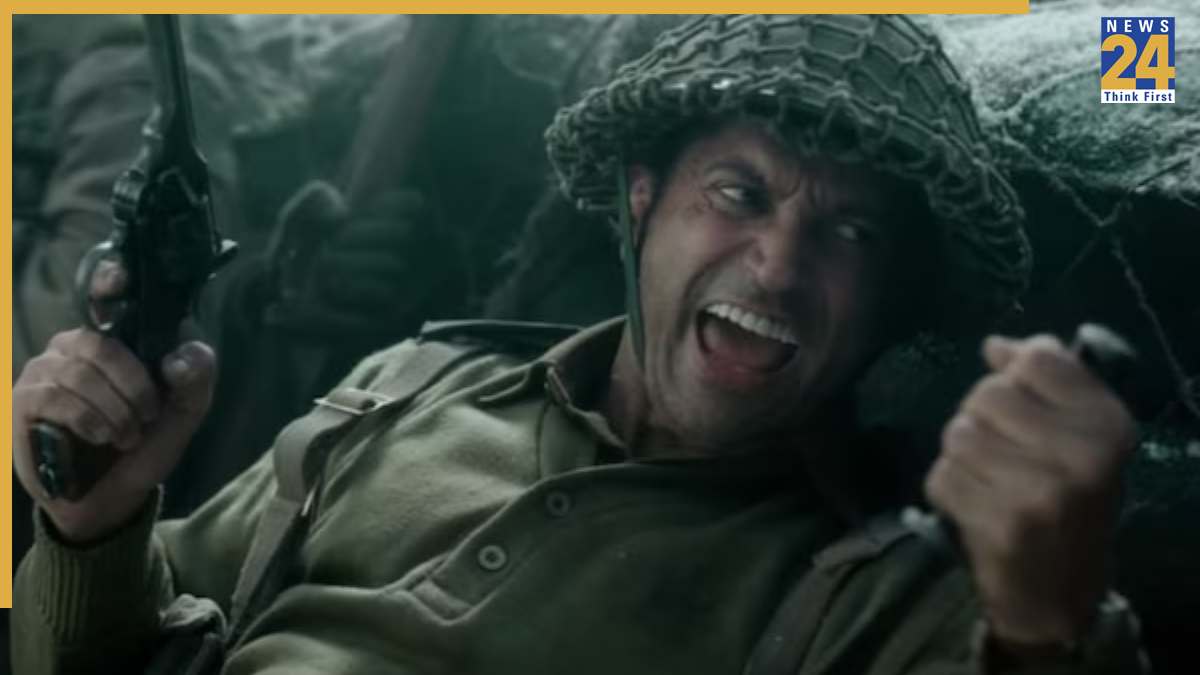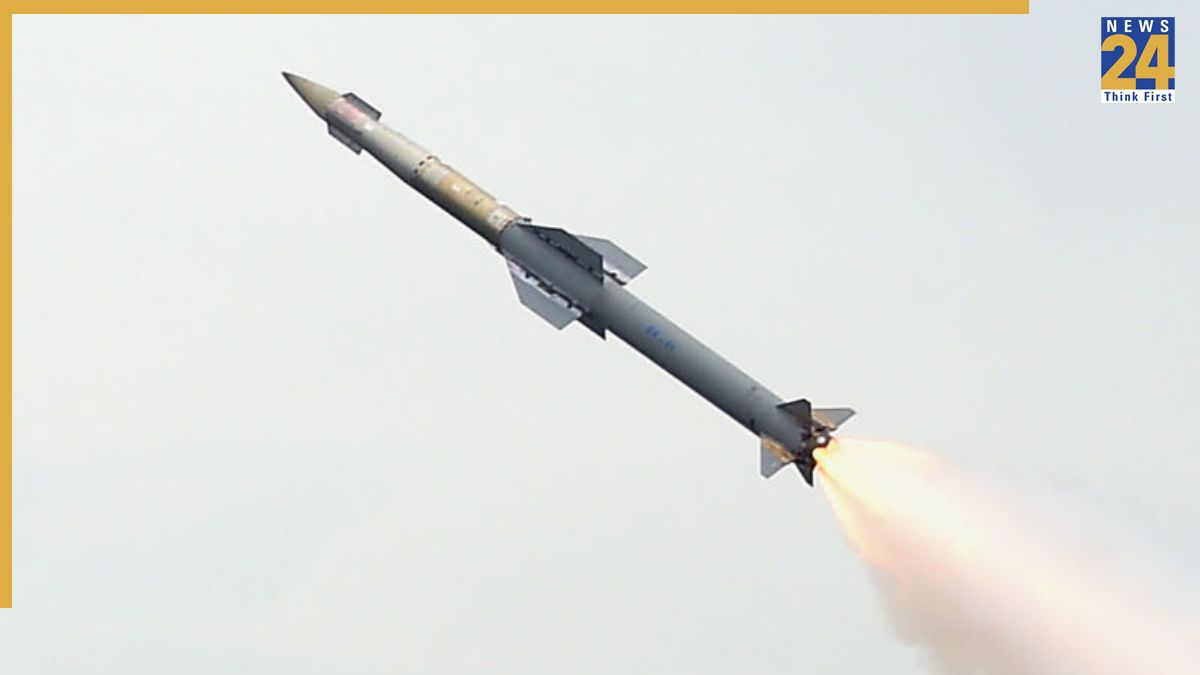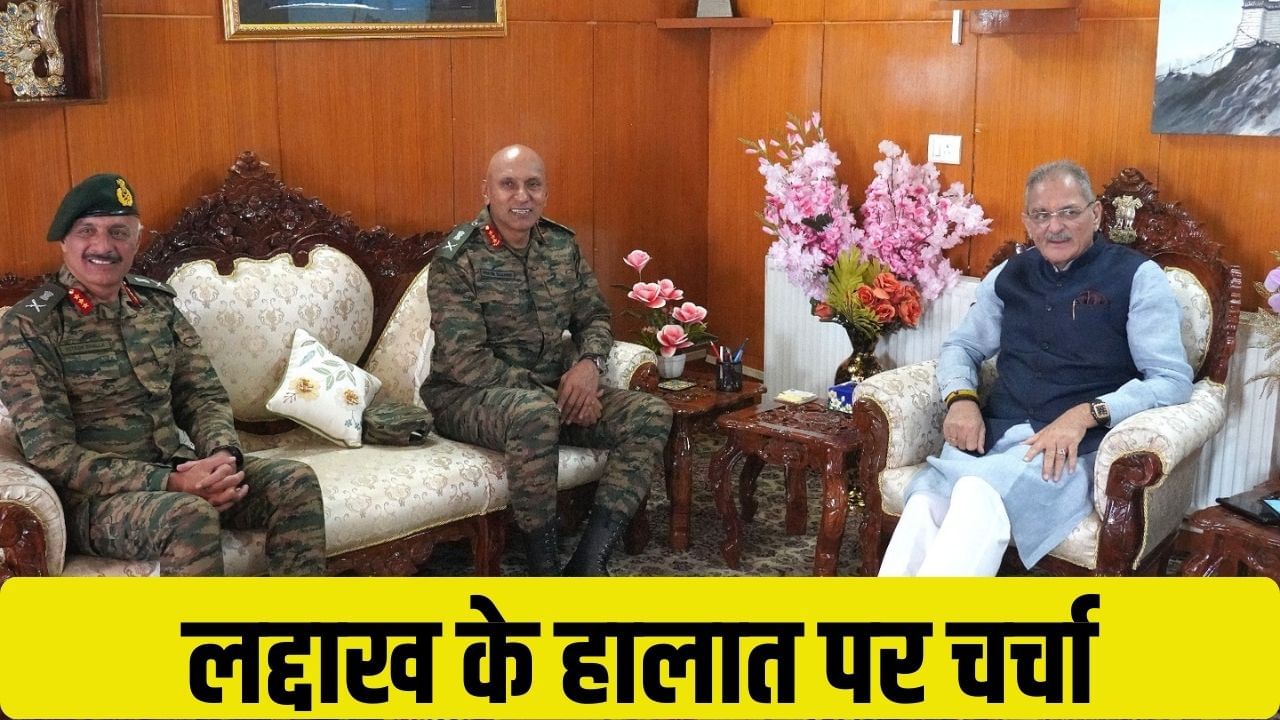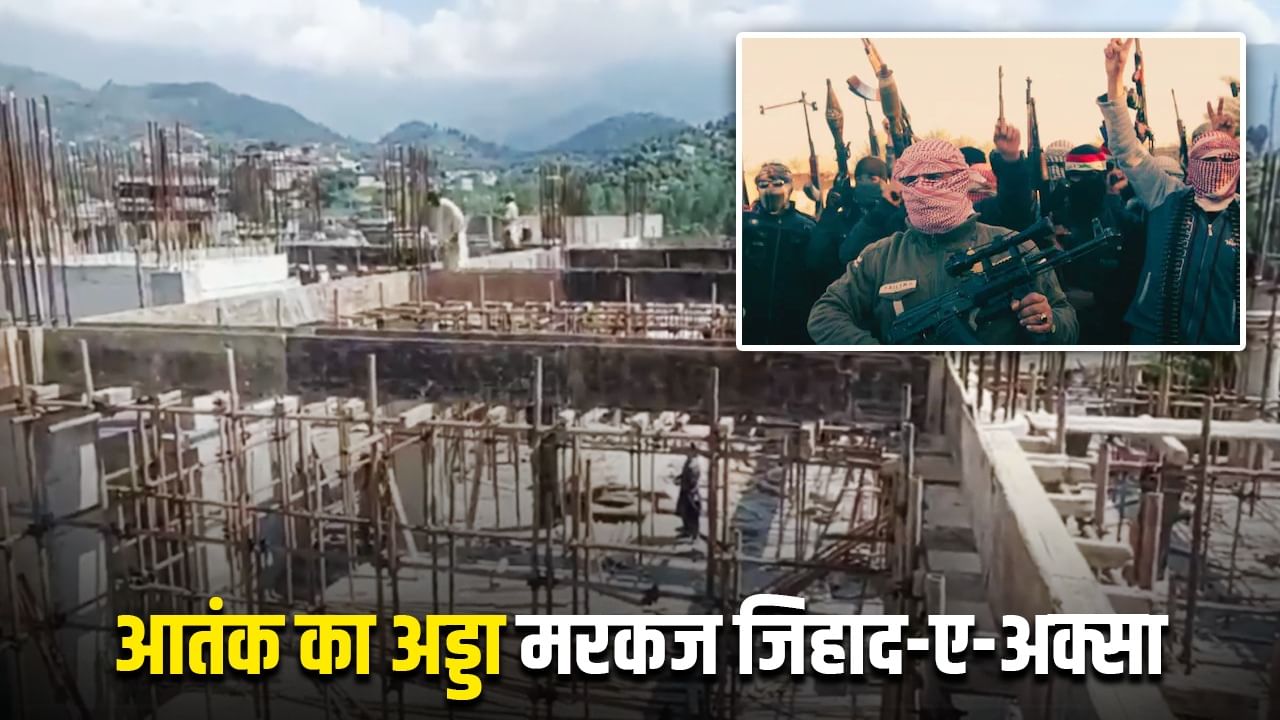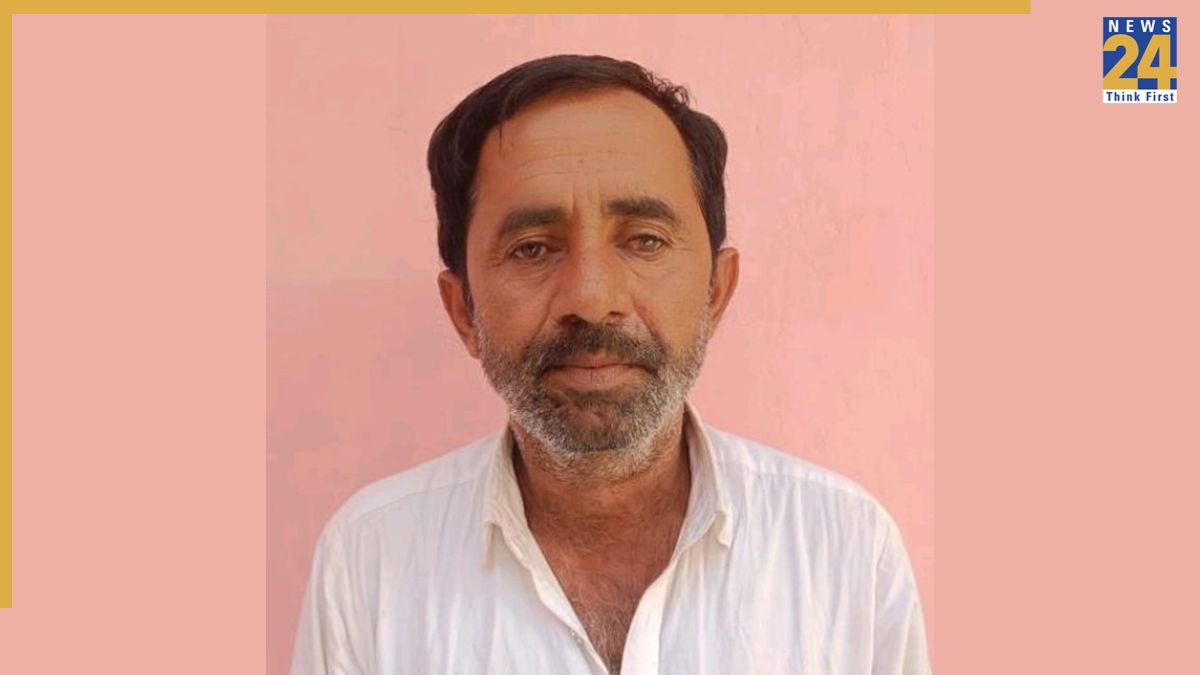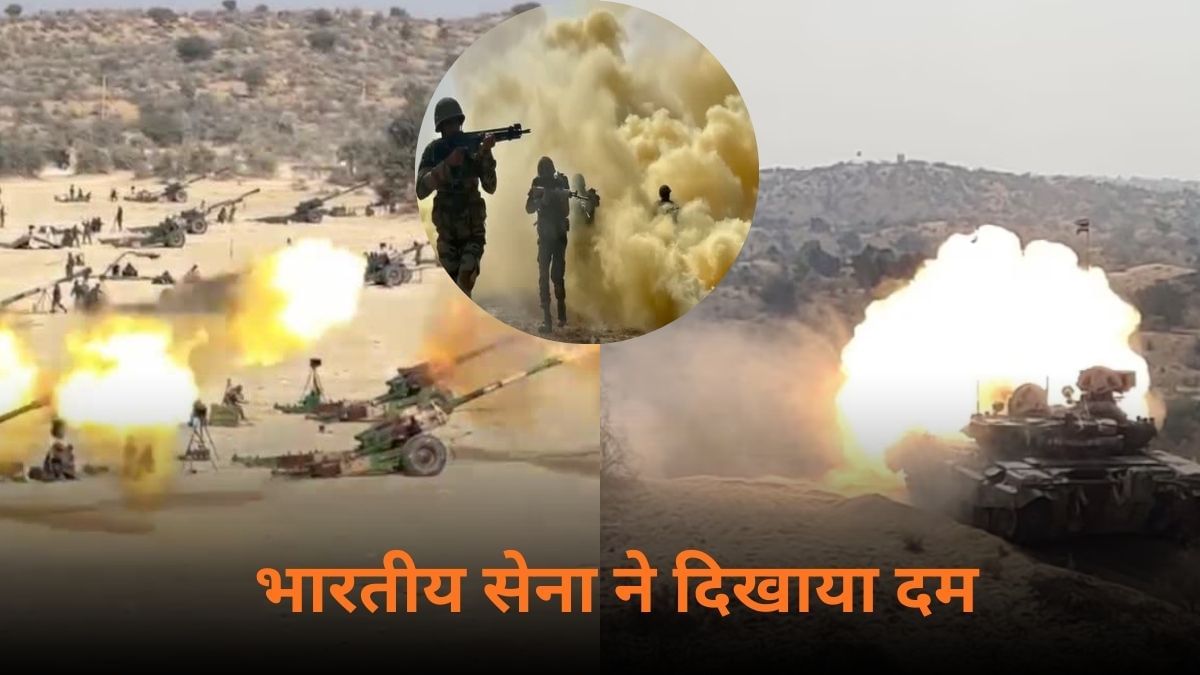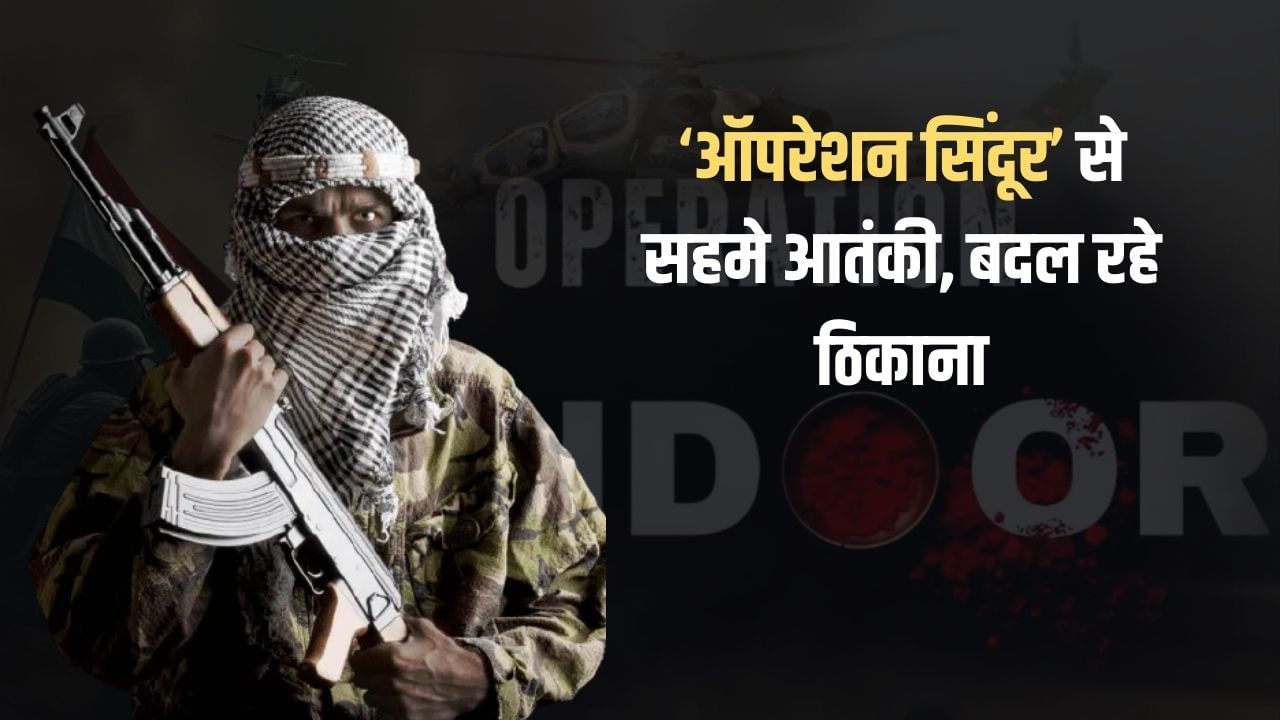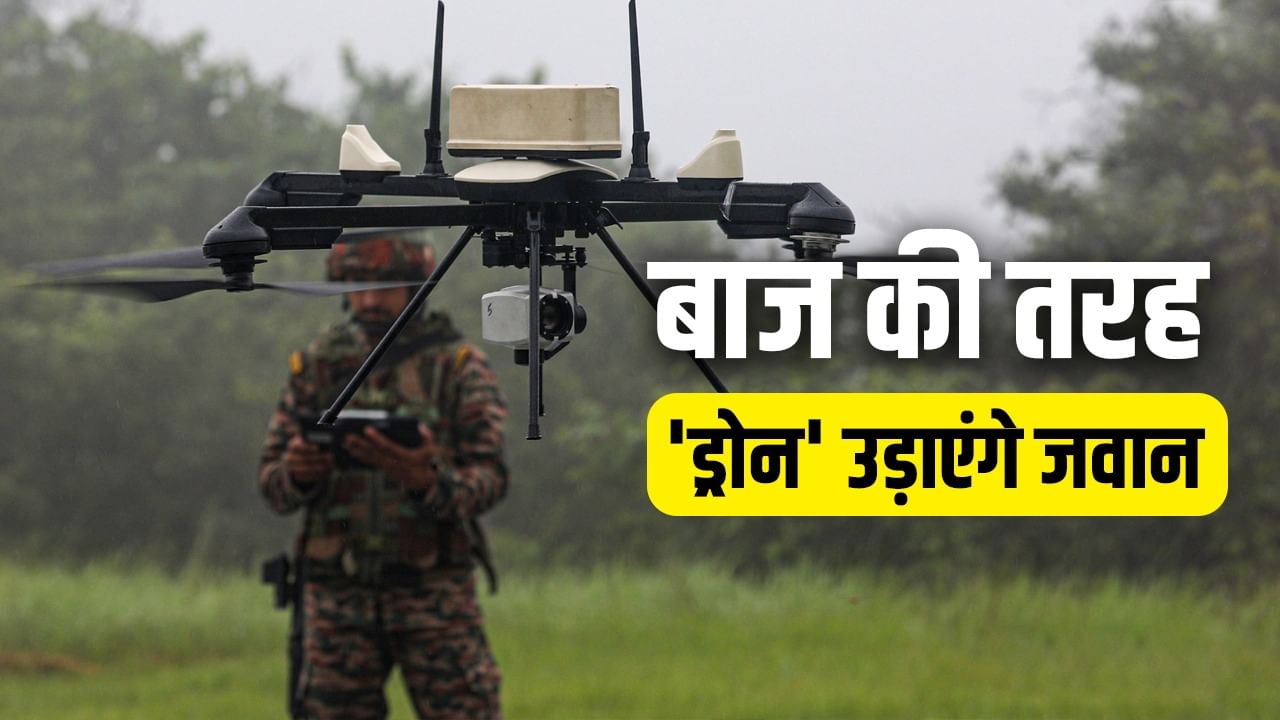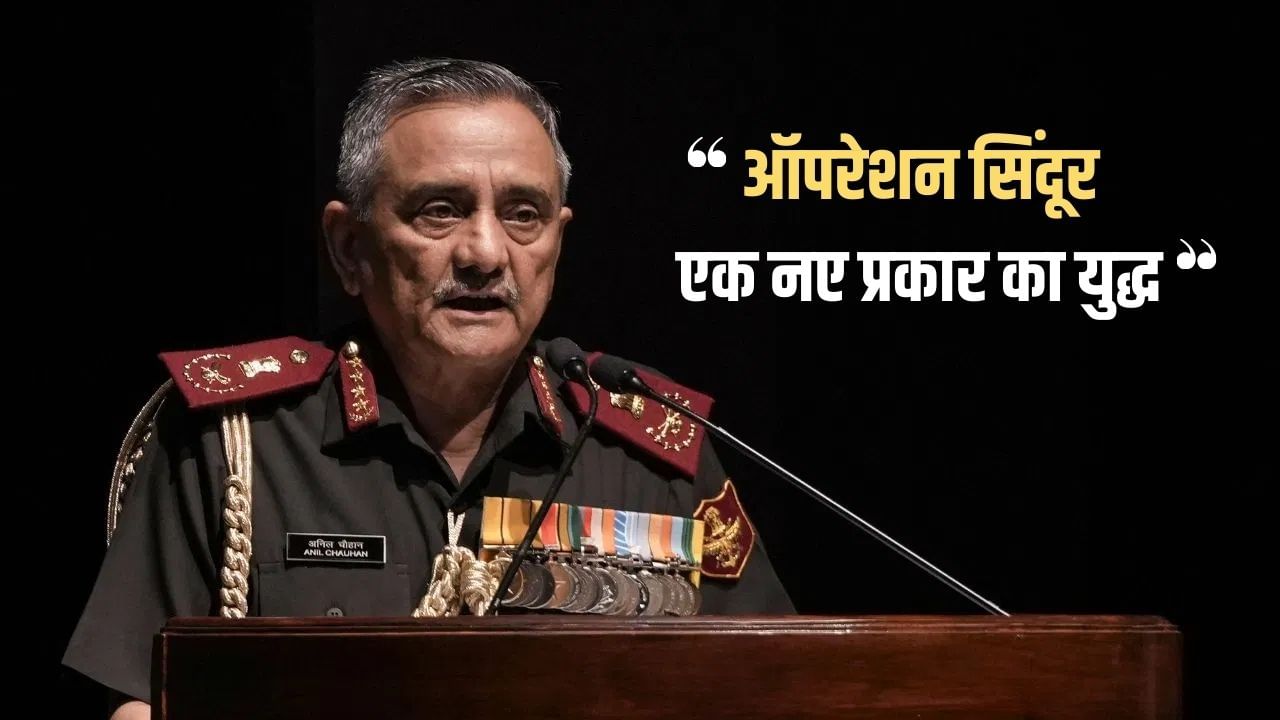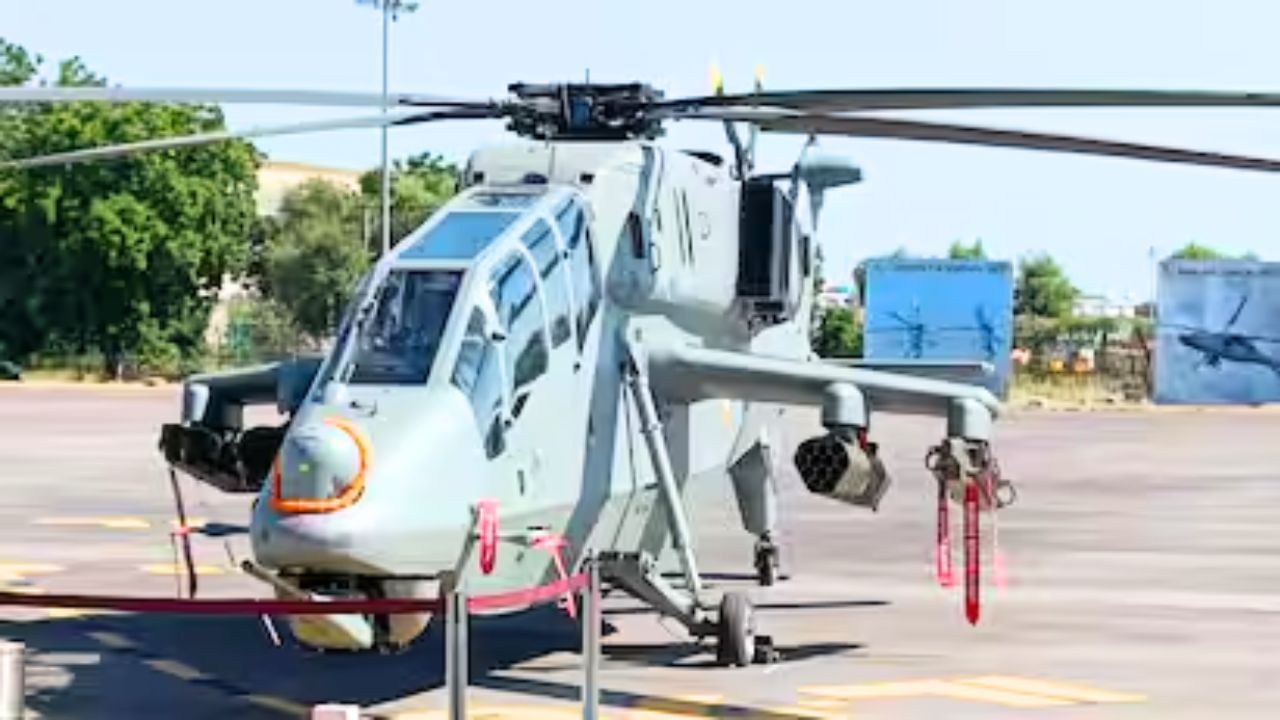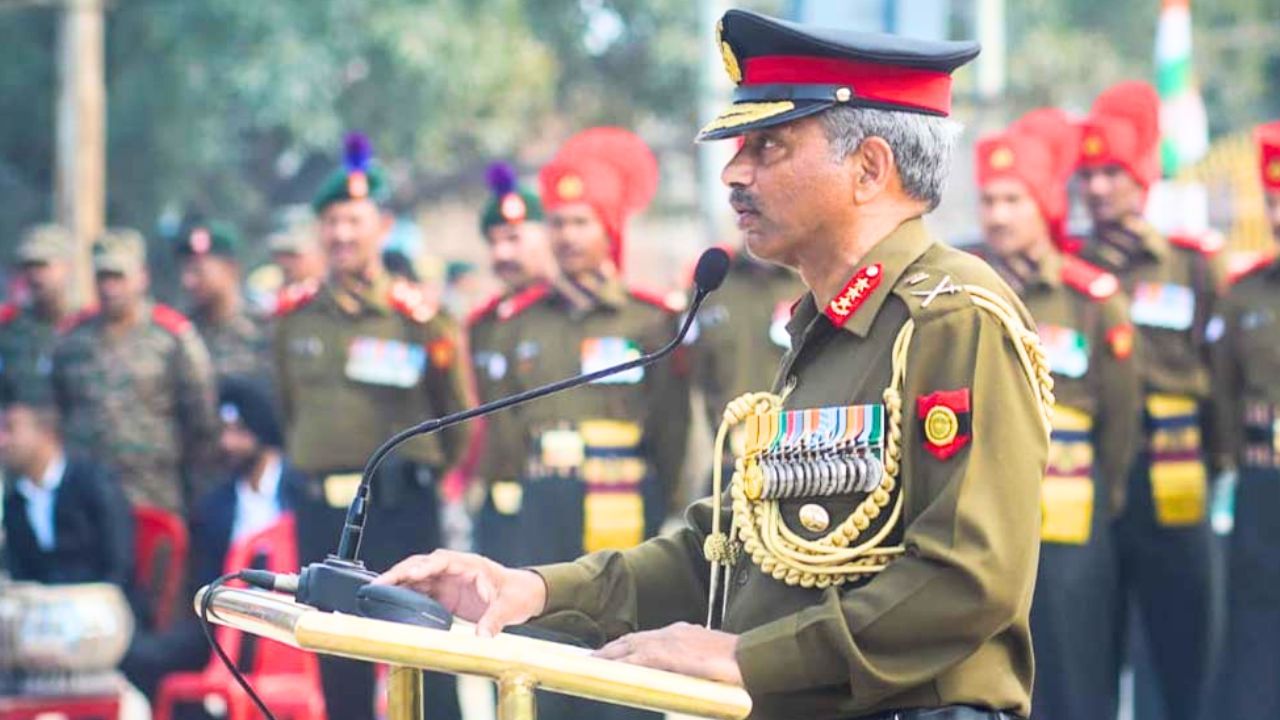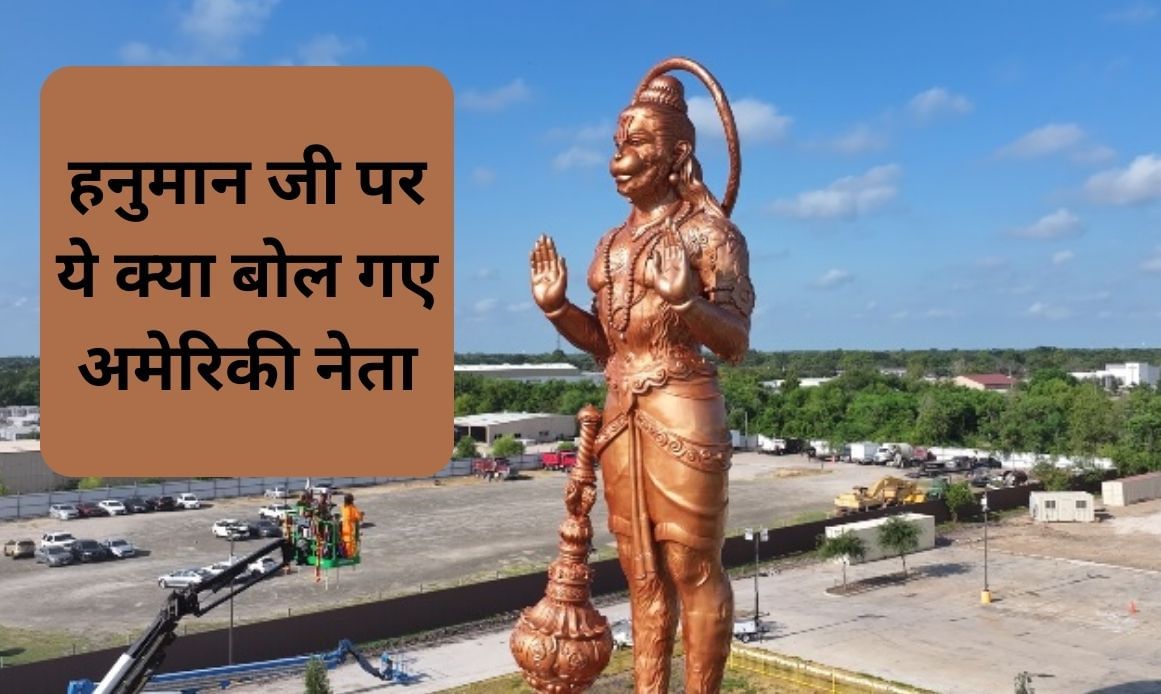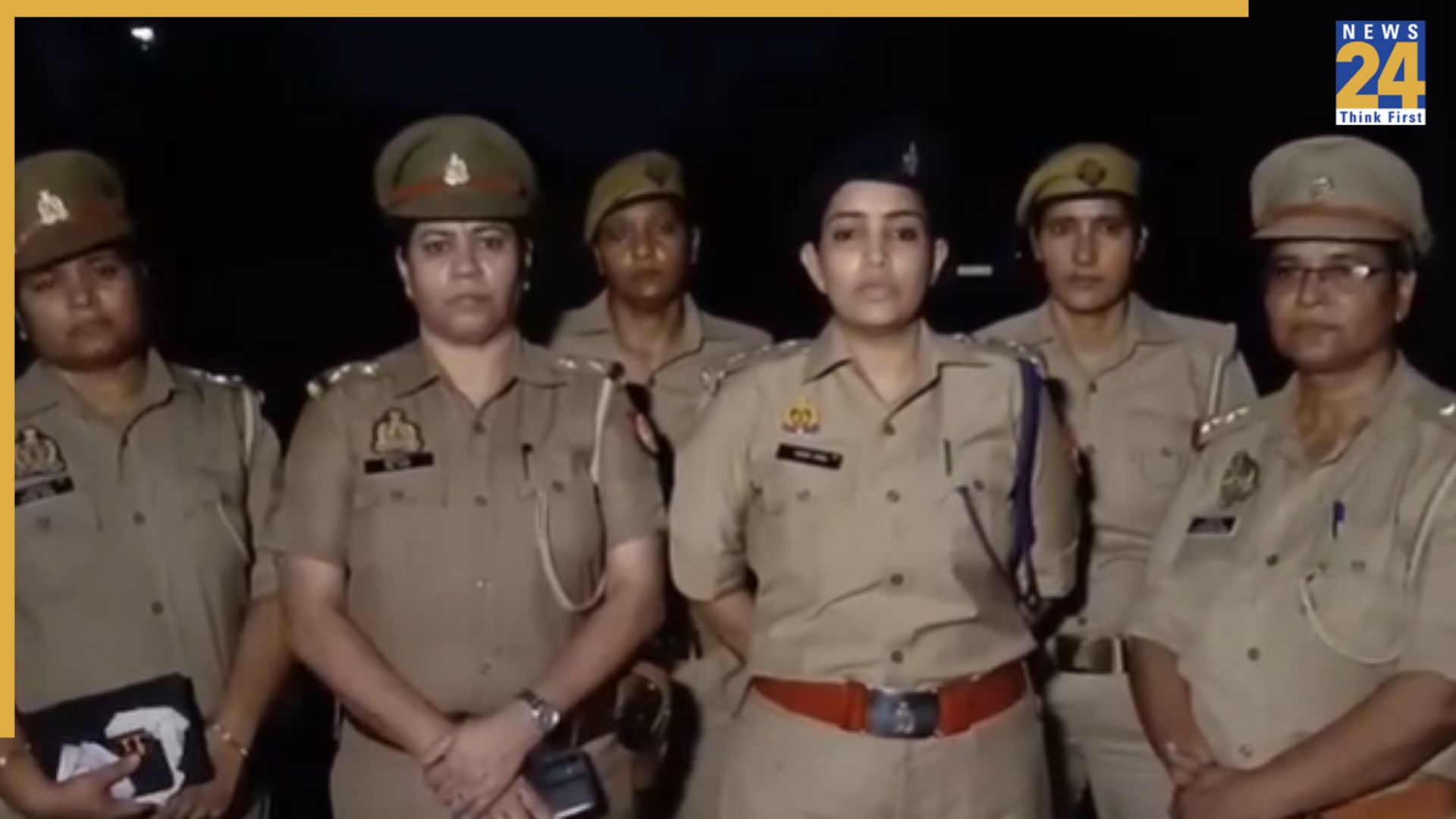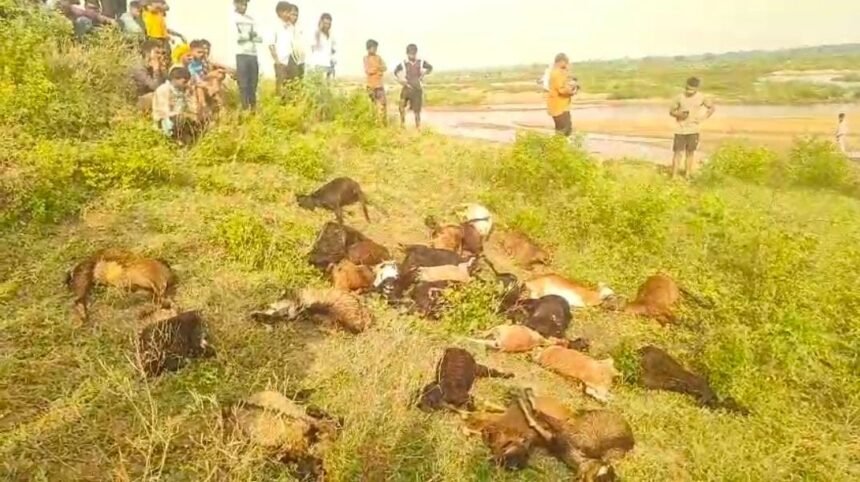Subscribe to Updates
Get the latest creative news from FooBar about art, design and business.
Browsing: Indian Army
Dhruv Jurel, who replaced the injured Rishabh Pant, impressed in Ahmedabad. He scored his first Test century against the West Indies on…
Defense Minister Rajnath Singh observed Vijaya Dashami with the nation’s soldiers. Singh visited Bhuj, Gujarat, on the eve of Vijaya Dashami and…
Following India’s victory in the Asia Cup 2025 against Pakistan at the Dubai International Cricket Stadium, Indian team skipper Suryakumar Yadav announced…
Suryakumar Yadav to Donate Match Fees to Indian Army After Asia Cup Victory Over Pakistan
Indian T20 captain Suryakumar Yadav announced that he will donate his match fees from all Asia Cup matches to the Indian Army.…
The second teaser for Farhan Akhtar’s film, ‘120 Bahadur,’ has been unveiled on the birth anniversary of Lata Mangeshkar. The teaser pays…
‘Anant Shastra’ Missile System: A Rs 30,000 Crore Air Defence Upgrade for the Indian Army
The Indian Army is set to bolster its air defense capabilities with the acquisition of the ‘Anant Shastra’ surface-to-air missile weapon system.…
Following the violent clashes in Leh on September 24th, triggered by demands for the inclusion of Ladakh in the Sixth Schedule and…
Following the actions of Jaish-e-Mohammed (JeM) and Hizbul Mujahideen (HM), the United Nations-proscribed Lashkar-e-Taiba (LeT), a Pakistan-backed terrorist organization, has begun shifting…
The Rajasthan CID Intelligence unit has taken Hanif Khan, a Pakistani national, into custody in Jaisalmer. Khan is accused of transmitting classified…
The Indian Army successfully conducted the integrated firepower exercise, Amogh Fury, at the Mahajan Field Firing Range (MFFR) in the Thar Desert…
Following Operation Sindoor launched by the Indian Army, the Pakistani terrorist groups Jaish-e-Mohammad (JeM) and Hizbul Mujahideen are relocating their bases. According…
The Indian Army is taking a significant step towards modernization by training every soldier to operate drones alongside their weaponry. This initiative,…
Chief of Defence Staff (CDS) General Anil Chauhan discussed ‘Operation Sindoor’ on Thursday, highlighting its significance in ushering in a new kind…
India’s indigenous Light Combat Helicopter (LCH) Prachand is slated to become even more lethal and advanced. Hindustan Aeronautics Limited (HAL) is integrating…
Gadkari is in the news for his statement. The Madhya Pradesh High Court has put a stay on the live streaming of…
General Officer Commanding-in-Chief of the Western Command, Lieutenant General Manoj Katiyar, stated on Saturday that India’s response would be even more severe…
